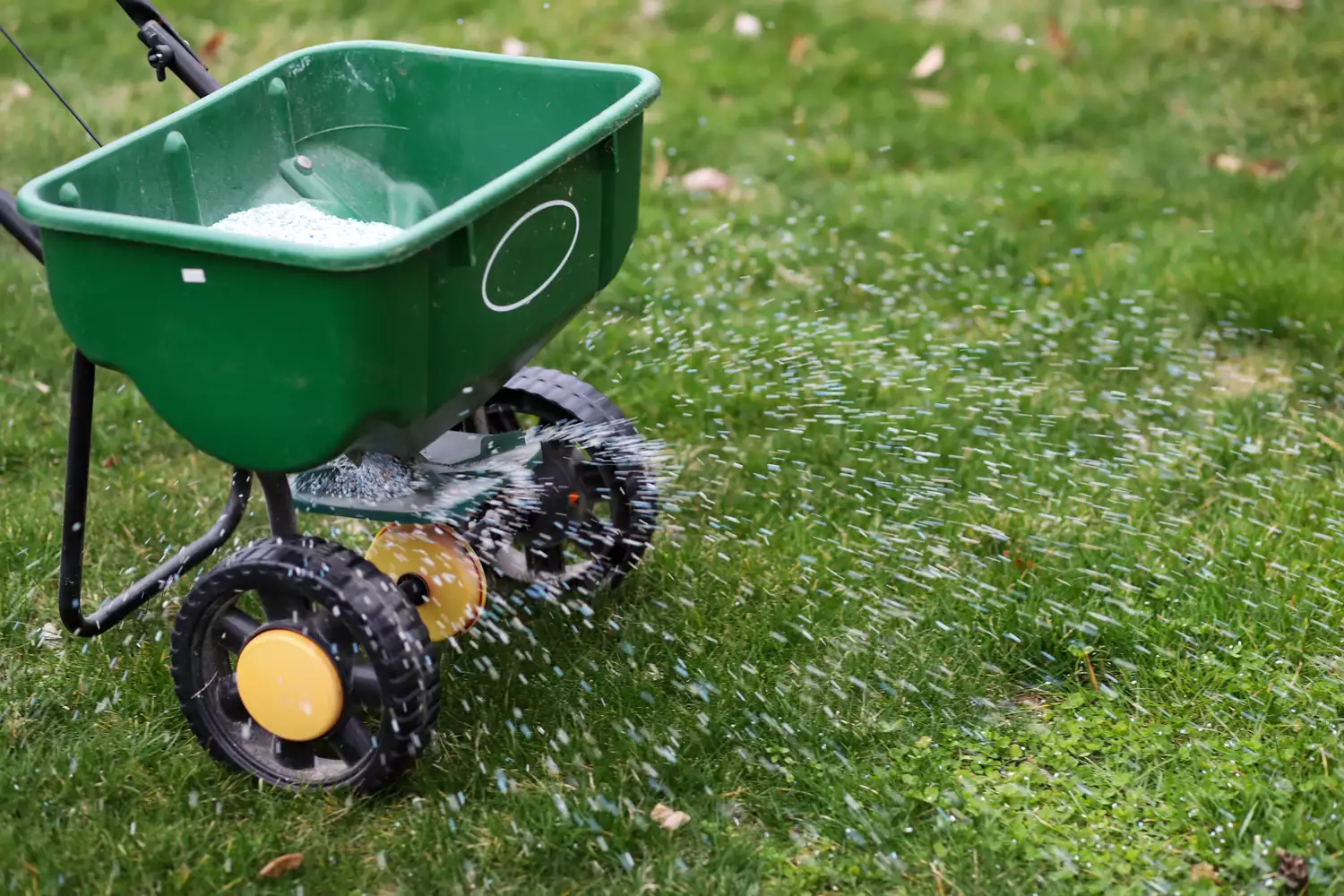

Articles
When To Water After Granular Fertilizer
Modified: January 19, 2024
Learn when to water your plants after applying granular fertilizer with these informative articles. Find out the best practices for fertilizing and watering to ensure healthy growth.
(Many of the links in this article redirect to a specific reviewed product. Your purchase of these products through affiliate links helps to generate commission for Storables.com, at no extra cost. Learn more)
Introduction
When it comes to nurturing and maintaining a healthy garden or lawn, one of the key elements is providing the right balance of nutrients to the plants. Granular fertilizers are a popular choice among gardeners and homeowners due to their convenience and effectiveness in delivering essential nutrients to the soil. However, knowing when to water after applying granular fertilizer is crucial for maximizing its benefits.
In this article, we will explore the factors to consider when deciding how and when to water after applying granular fertilizer. By understanding these factors, you can ensure that your plants receive the optimal amount of water to facilitate nutrient absorption and promote healthy growth.
So, if you’re ready to dive into the world of granular fertilizer and watering techniques, let’s get started!
Key Takeaways:
- Timing is crucial when watering after applying granular fertilizer. Factors like fertilizer type, soil condition, climate, and plant water needs all influence the optimal watering schedule.
- Following recommended watering timing, adjusting for weather conditions, and maintaining consistent moisture are essential for maximizing the effectiveness of granular fertilizer. After application, avoid disturbing the soil and monitor plant health for optimal results.
Read more: How To Store Granular Fertilizer
Factors to Consider
When determining when to water after applying granular fertilizer, there are several important factors to take into consideration. These include the type of fertilizer used, soil type and condition, climate and weather conditions, and the specific water requirements of the plants. Let’s take a closer look at each of these factors:
Type of Fertilizer Used
The type of granular fertilizer you use will influence the timing and frequency of watering. Different fertilizers have varying release rates, which affect how quickly nutrients are released into the soil and available for plant uptake. Some fertilizers are designed to release nutrients slowly over an extended period, while others have a more immediate effect. It’s important to read the product instructions or consult with a gardening expert to determine the optimal watering schedule for the specific fertilizer you’re using.
Soil Type and Condition
The soil type and condition in your garden or lawn also play a role in determining when to water after applying granular fertilizer. Sandy soils, for example, drain quickly and may require more frequent watering to prevent the nutrients from being washed away. On the other hand, clay soils retain moisture for longer periods, so you may need to adjust your watering schedule accordingly. Additionally, if the soil is compacted or lacks organic matter, it may have poor water retention capacity, requiring more frequent watering.
Climate and Weather Conditions
The climate and weather conditions in your area can greatly impact when and how often you should water after applying granular fertilizer. In hot and dry climates, plants tend to lose moisture more quickly, necessitating more frequent watering. Conversely, in cooler or more humid climates, plants may not require as much water. It’s important to consider the current weather conditions, such as temperature, humidity, and rainfall, when determining your watering schedule. Adjustments may be necessary during periods of intense heat or prolonged dry spells.
Read more: How Soon Can I Mow After Granular Fertilizer
Plant Water Requirements
Each plant has its own specific water requirements based on factors such as species, age, and stage of growth. Some plants, particularly those with shallow root systems, may need more frequent but shorter watering intervals, while others with deeper root systems may require less frequent but deeper watering. Understanding the specific water needs of your plants will help you determine the appropriate timing and frequency for watering after applying granular fertilizer.
Considering these factors will help you develop a watering schedule that maximizes the effectiveness of the granular fertilizer, ensuring that the plants receive the nutrients they need for optimal growth. In the next sections, we will delve deeper into the recommended timing for watering and provide some tips on how to water effectively after applying granular fertilizer.
Type of Fertilizer Used
When it comes to choosing the right fertilizer for your plants, there are several types of granular fertilizers available on the market. Each type has its own unique characteristics and release mechanisms. Understanding the type of fertilizer you are using is crucial in determining when to water after application.
Slow-Release Fertilizers
Slow-release fertilizers are designed to slowly break down and release nutrients into the soil over an extended period of time. These fertilizers often have a special coating, such as resin or sulfur, that controls the rate of nutrient release. The advantage of slow-release fertilizers is that they provide a steady and continuous supply of nutrients to the plants, reducing the risk of nutrient burn or leaching. After applying slow-release fertilizer, it is generally recommended to water the area immediately to activate the release of nutrients and ensure proper absorption.
Quick-Release Fertilizers
Quick-release fertilizers, also known as soluble or water-soluble fertilizers, are designed to dissolve quickly in water and provide an immediate nutrient boost to the plants. These fertilizers typically contain concentrated forms of nutrients, such as nitrogen, phosphorus, and potassium. After applying quick-release fertilizer, it is important to water the area immediately to ensure that the nutrients are dissolved and available for uptake by the plants. This will help prevent the risk of nutrient burn and ensure that the plants receive the necessary nutrients in a timely manner.
Read also: 12 Amazing Granular Fertilizer for 2024
Controlled-Release Fertilizers
Controlled-release fertilizers are formulated to release nutrients gradually over a specific period of time, often based on temperature and moisture conditions in the soil. These fertilizers generally come in the form of coated granules or pellets, which allow for controlled nutrient release. The release rate can vary depending on the specific product, ranging from a few weeks to several months. After applying controlled-release fertilizer, it is recommended to water the area lightly to activate the release of nutrients and ensure they are distributed evenly in the soil.
Organic Fertilizers
Organic fertilizers, such as compost or manure-based products, are derived from natural materials and provide a slow and steady release of nutrients to the plants. These fertilizers improve soil structure, promote microbial activity, and enhance overall soil health. After applying organic fertilizer, it is beneficial to water the area to help incorporate the nutrients into the soil and initiate the decomposition process.
When choosing a fertilizer, it is essential to read and follow the manufacturer’s instructions to determine the specific recommendations for watering after application. Remember that the type of fertilizer used will influence the timing and frequency of watering, so it is crucial to select the appropriate fertilizer for your plants’ needs.
Soil Type and Condition
The type and condition of the soil in your garden or lawn play a vital role in determining when to water after applying granular fertilizer. Different soil types have varying water-holding capacities and drainage capabilities, which affect the timing and frequency of watering. Here are some factors to consider:
Sandy Soil
Sandy soil is characterized by its coarse texture and excellent drainage properties. While this allows water to pass through quickly, it also means that sandy soil has a low-water holding capacity. After applying granular fertilizer to sandy soil, you may need to water sooner and more frequently to ensure that the nutrients are properly absorbed by the plants. Without sufficient water, the nutrients may leach out of the root zone and become inaccessible to the plants.
Read more: When To Cut Grass After Fertilizing
Clay Soil
Clay soil, on the other hand, has a finer texture with smaller particles that hold water more effectively. However, clay soil also drains more slowly, which can lead to poor aeration and root health if overwatered. When applying granular fertilizer to clay soil, it is important to water carefully, allowing the water to percolate slowly into the soil. This will ensure that the nutrients mix evenly with the soil and are not washed away by excessive water runoff.
Loam Soil
Loam soil is considered the ideal soil type for gardening because it has a balanced mixture of sand, silt, and clay. It has good water-holding capacity while also providing adequate drainage. After applying granular fertilizer to loam soil, you typically have more flexibility in watering. The soil is capable of holding moisture for longer periods, reducing the need for frequent watering. Monitor the moisture content of the soil and water when it starts to feel dry to the touch.
Soil Condition
The condition of the soil, such as its compaction level and organic matter content, can also impact watering requirements after applying granular fertilizer. Compacted soil tends to drain poorly and may require more frequent but shorter watering intervals to ensure that the nutrients penetrate into the root zone. Adding organic matter, such as compost or peat moss, can improve both the drainage and water-holding capacity of the soil, promoting a healthier balance and reducing the need for excessive watering.
Before applying granular fertilizer, it’s advisable to assess the soil type and condition in your garden or lawn. Determining whether you have sandy, clay, or loam soil, and addressing any compaction or organic matter deficiencies, will give you valuable insights into how to water effectively after fertilizer application. Customizing your watering approach to match the specific characteristics of your soil will ensure that the plants can access the nutrients and thrive.
Climate and Weather Conditions
When it comes to watering after applying granular fertilizer, the climate and weather conditions in your area play a significant role. The temperature, humidity, and rainfall patterns can impact the watering requirements of your plants. Here are a few factors to consider:
Read more: How Long To Water Grass After Fertilizing
Temperature
The temperature in your region affects how quickly water evaporates from the soil and how efficiently plants can absorb water and nutrients. In hot climates, water evaporates more rapidly, leading to increased water loss from the soil. This means that plants may require more frequent watering to compensate for the faster evaporation rate. In contrast, cooler climates generally have slower evaporation rates and may necessitate less frequent watering. Be mindful of temperatures in your area and adjust your watering schedule accordingly to prevent water stress and ensure nutrient availability to the plants.
Humidity
The level of humidity in the air can also impact how quickly water evaporates from the soil’s surface. High humidity levels can slow down evaporation, which helps retain moisture in the soil for a longer period. In humid environments, you may not need to water as frequently as the moisture remains in the soil. Conversely, in low-humidity areas, the soil may dry out more quickly, requiring more frequent watering. Keep an eye on the humidity levels in your region and adjust your watering schedule to maintain adequate soil moisture for your plants.
Rainfall
The amount and frequency of rainfall in your area also affect how often you need to water after applying granular fertilizer. If your region receives regular rainfall, you may need to water less frequently as the natural precipitation can provide sufficient moisture for your plants. However, during dry periods or drought conditions, additional watering may be necessary to ensure that the granular fertilizer is properly activated and that the plants have enough water to absorb the nutrients effectively.
Weather Extremes
Weather extremes such as heatwaves, cold snaps, or prolonged periods of heavy rain can disrupt the normal watering schedule for your plants. During heatwaves, you may need to increase the frequency of watering to help plants cope with the added stress and prevent nutrient burn. In frigid temperatures, water uptake may be reduced, so be cautious not to overwater. Prolonged periods of heavy rainfall can oversaturate the soil and lead to poor aeration and root health. Assess the weather conditions and adjust your watering routine accordingly to provide optimal conditions for your plants.
By considering the climate and weather conditions in your area, you can tailor your watering schedule to meet the specific needs of your plants. Monitoring temperature, humidity, and rainfall patterns will help you make informed decisions about when and how often to water after applying granular fertilizer.
Read more: When To Start Watering Grass After Winter
Plant Water Requirements
Understanding the specific water requirements of your plants is essential when determining when to water after applying granular fertilizer. Different plants have varying needs based on their species, age, and stage of growth. Here are a few factors to consider:
Plant Species
Each plant species has its own unique water requirements. Some plants, like cacti or succulents, are adapted to dry conditions and require minimal watering. On the other hand, plants like ferns or tropical flowers thrive in moist environments and may require more frequent watering. Research the specific water needs of the plants in your garden or lawn to ensure that you are providing the appropriate amount of water after applying granular fertilizer.
Plant Age and Growth Stage
The age and growth stage of your plants can also influence their water needs. Young plants and newly established seedlings generally require more frequent watering as their root systems are not yet fully developed. As plants mature, their root systems expand, allowing for better water absorption. However, plants in the flowering or fruiting stage often require more water to support the development and production of blooms or fruits. Consider the current growth stage of your plants when determining the timing and frequency of watering after granular fertilizer application.
Root Depth
The depth of a plant’s root system is another factor that affects its water requirements. Plants with shallow root systems, such as annuals or groundcovers, may need more frequent but shorter watering sessions to ensure that moisture reaches their roots. Conversely, plants with deeper root systems, like trees or shrubs, can access water from deeper in the soil, allowing for less frequent but deeper watering intervals. Understanding the root depth of your plants will help you determine the optimal watering technique after applying granular fertilizer.
Read also: 9 Best 10-10-10 Fertilizer Granular for 2024
Environmental Factors
Environmental factors such as temperature, humidity, and sunlight exposure also impact plant water requirements. Hotter temperatures and low humidity levels increase the rate of evaporation and transpiration, resulting in higher water needs. Additionally, plants exposed to direct sunlight may lose more water through evaporation from their leaves. Consider these factors alongside the specific water needs of your plants to gauge the ideal timing and frequency of watering after applying granular fertilizer.
It’s crucial to provide plants with adequate water after applying granular fertilizer to ensure that the nutrients are absorbed effectively. By taking into account the plant species, age and growth stage, root depth, and environmental factors, you can tailor your watering routine to meet the specific needs of your plants and promote their healthy growth and development.
Recommended Timing for Watering
Timing is key when it comes to watering after applying granular fertilizer. Providing water at the right time ensures that the nutrients from the fertilizer are properly dissolved and absorbed by the plants. Here are some recommendations for the timing of watering:
Immediately After Application
For most granular fertilizers, it is advisable to water the area immediately after application. This helps activate the release of nutrients and aids in their absorption by the plants’ roots. Watering immediately after applying the fertilizer also prevents the risk of nutrient burn, as any granules that come into contact with the plant foliage or stems are washed away.
Morning or Evening
Watering in the early morning or late evening is generally recommended. During these times, temperatures are cooler, and there is less evaporation, allowing the water to penetrate the soil more effectively. Watering in the morning also gives the plants ample time to absorb the nutrients and hydrate before the heat of the day. Avoid watering during the hottest part of the day, as the water can evaporate too quickly, and the plants may not have enough time to take up the water and nutrients.
Read more: When To Spread Grass Fertilizer
Avoid Watering in the Midday Sun
Watering in the midday sun should be avoided whenever possible. The intense heat and strong sunlight can cause water droplets to act as magnifying glasses, potentially scorching the plant leaves. Additionally, water applied during this time is more likely to evaporate quickly, resulting in wastage and inefficient nutrient absorption. If watering during the day is necessary, provide ample shade for the plants or consider using a drip irrigation system to ensure that the water reaches the root zone without exposing the foliage to excessive moisture.
Monitor Soil Moisture
Regularly monitoring the moisture level of the soil is crucial in determining when to water after applying granular fertilizer. Stick your finger or a moisture meter into the soil to gauge its dryness. If the top inch or two of soil feels dry, it’s usually a good indication that it’s time to water. Avoid overwatering, as it can lead to waterlogged soil and root rot. It’s always better to water deeply and less frequently to encourage deep root growth and drought tolerance.
Adjust for Weather Conditions
Weather conditions can affect the timing and frequency of watering after applying granular fertilizer. During periods of heavy rainfall, you may need to adjust your watering schedule and reduce the amount of water applied. Similarly, during hot and dry spells, you may need to increase the frequency of watering to ensure that the plants receive enough moisture. Stay aware of the weather forecast and adjust your watering routine accordingly.
Remember, these are general recommendations for watering timing after applying granular fertilizer. It’s always important to consider the specific needs of your plants, the type of fertilizer used, and the environmental conditions in your area. By fine-tuning your watering routine, you can ensure that your plants receive the optimal amount of water and nutrients for healthy growth.
After Application Tips
After applying granular fertilizer and watering your plants, there are a few additional tips to keep in mind to ensure optimal results. Here are some helpful after application tips:
Read more: When To Fertilize Grass Seed
Avoid Disturbing the Soil
Try to avoid disturbing the soil after applying granular fertilizer and watering. Excessive digging, raking, or tilling can disrupt the distribution of nutrients and reduce their effectiveness. If any additional soil work is necessary, wait at least a few days after application to allow the fertilizer to settle and penetrate the soil properly.
Maintain Consistent Moisture
Consistent moisture is crucial for the proper absorption of nutrients by the plants. Keep a close eye on soil moisture levels and adjust your watering schedule accordingly. Avoid letting the soil dry out completely between watering sessions, as this can lead to nutrient deficiencies and stress the plants. However, be cautious not to overwater, as it can deprive the plants of necessary oxygen. Strive for a balance and aim for moist, but not waterlogged, soil.
Mulch the Soil
Applying a layer of mulch around your plants can help conserve moisture and regulate soil temperature. Mulch acts as a protective barrier, reducing evaporation and preventing weed growth. It also adds organic matter to the soil as it breaks down over time, enhancing its fertility. Apply a layer of mulch, such as wood chips or straw, around your plants after applying granular fertilizer and watering to maximize the benefits and conserve moisture.
Monitor Plant Health
After applying granular fertilizer and following the watering guidelines, closely monitor the health and growth of your plants. Keep an eye out for any signs of nutrient deficiencies or excessive fertilization, such as yellowing leaves or stunted growth. Adjust your fertilization and watering practices if necessary to ensure that your plants are receiving the appropriate levels of nutrients and moisture.
Read more: When To Fertilize New Grass
Follow Manufacturer’s Instructions
Always read and follow the manufacturer’s instructions provided with the granular fertilizer. Different fertilizers have specific guidelines regarding application rates, watering recommendations, and frequency of use. Adhering to these instructions will help you achieve the best results and avoid any potential negative effects on your plants or the environment.
By keeping these after application tips in mind, you can promote the effective absorption of nutrients, maintain optimal moisture levels, and ensure the overall health and vitality of your plants.
Conclusion
When it comes to watering after applying granular fertilizer, timing is crucial to ensure that the nutrients are properly absorbed by the plants and promote healthy growth. Factors such as the type of fertilizer used, soil type and condition, climate and weather conditions, and the specific water requirements of the plants all play a role in determining the optimal timing and frequency of watering.
Understanding the type of fertilizer you are using and its release mechanism is important in determining when to water. Slow-release fertilizers, for example, may require immediate watering to activate nutrient release, while quick-release fertilizers may necessitate immediate watering to prevent nutrient burn. Additionally, considering the soil type and condition is essential, as sandy soils require more frequent watering, while clay soils may need careful watering to prevent waterlogging.
The climate and weather conditions in your area also influence watering requirements. Hot and dry climates may require more frequent watering, while humid environments may allow for less frequent watering. Monitoring the moisture level of the soil and adjusting watering schedules based on temperature, humidity, and rainfall patterns is important for maintaining optimal soil moisture levels.
Understanding the specific water requirements of your plants based on their species, age, and growth stage is crucial for determining the appropriate watering schedule. Different plants have different needs, and adjusting watering intervals and depth based on their root system and environmental factors will support healthy growth.
Following the recommended timing for watering, watering in the morning or evening, avoiding midday watering during intense sunlight, and adjusting for weather conditions will help maximize the effectiveness of the granular fertilizer. Additionally, maintaining consistent moisture, applying mulch, and monitoring plant health are important after application tips to ensure optimal results.
In conclusion, water plays a vital role in the success of granular fertilizer application. By understanding the various factors influencing watering, tailoring your watering approach to suit the needs of your plants and environmental conditions, and following proper guidelines, you can promote healthy growth, nutrient absorption, and overall thriving plants in your garden or lawn.
Frequently Asked Questions about When To Water After Granular Fertilizer
Was this page helpful?
At Storables.com, we guarantee accurate and reliable information. Our content, validated by Expert Board Contributors, is crafted following stringent Editorial Policies. We're committed to providing you with well-researched, expert-backed insights for all your informational needs.
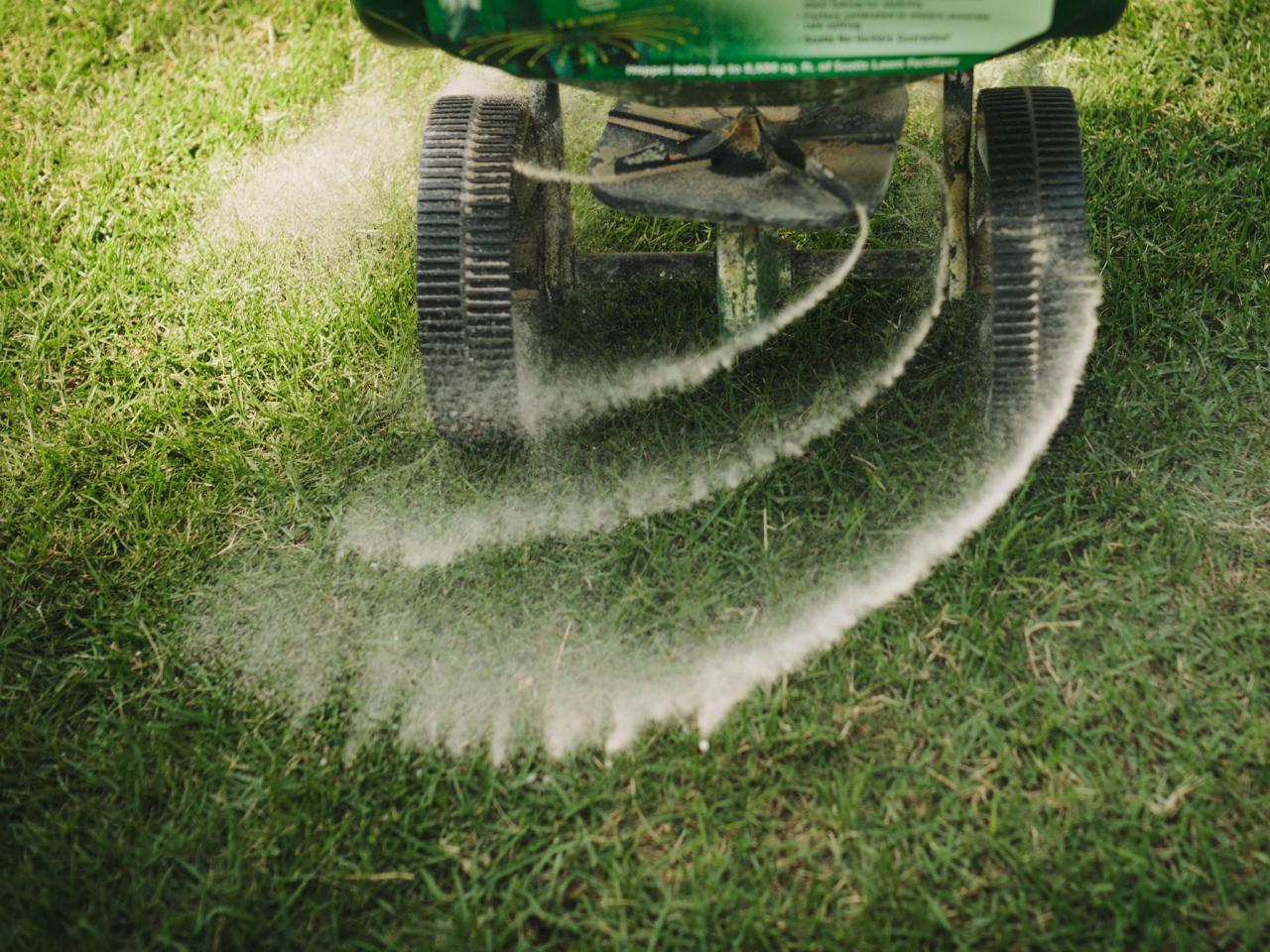
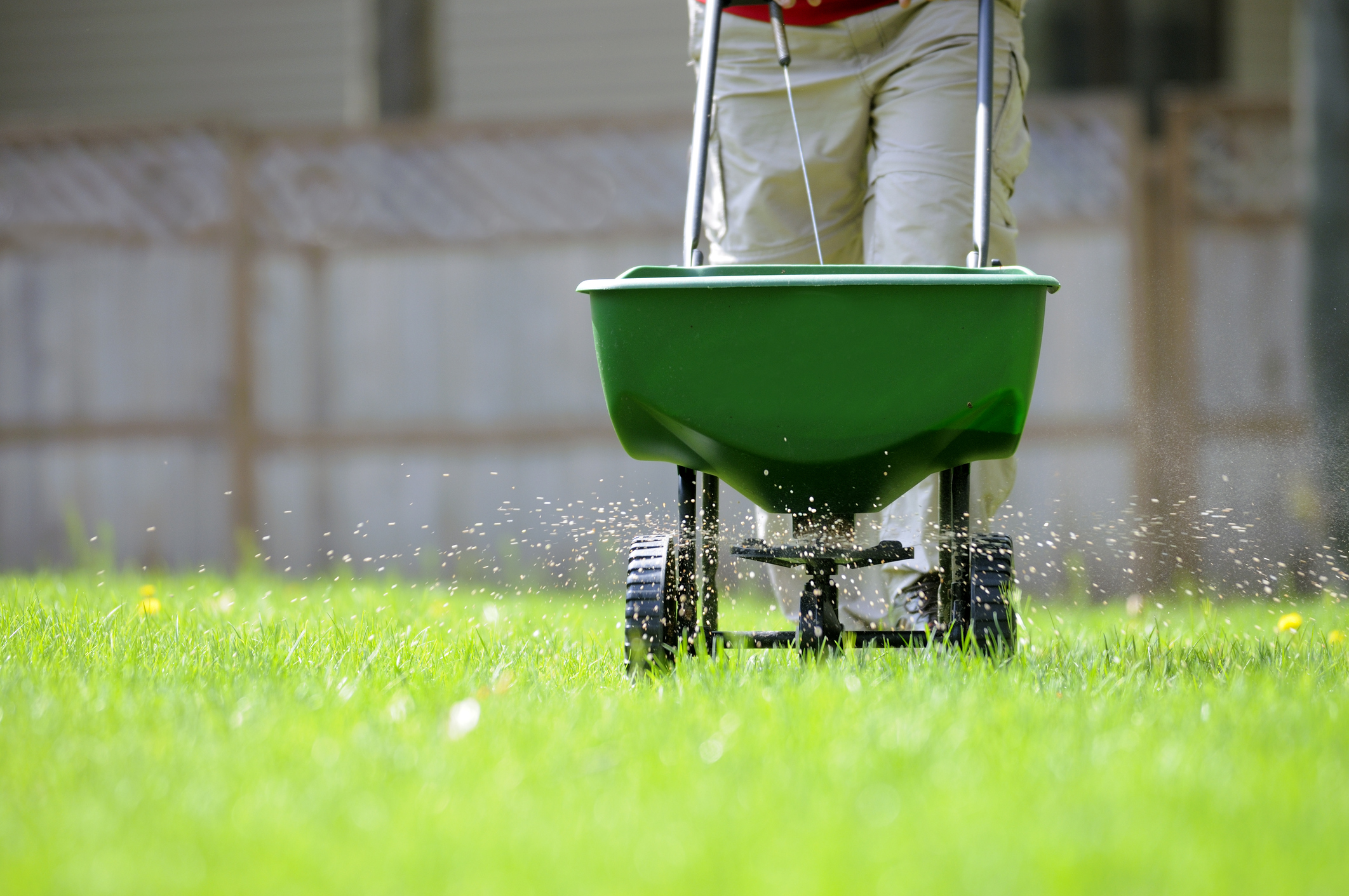
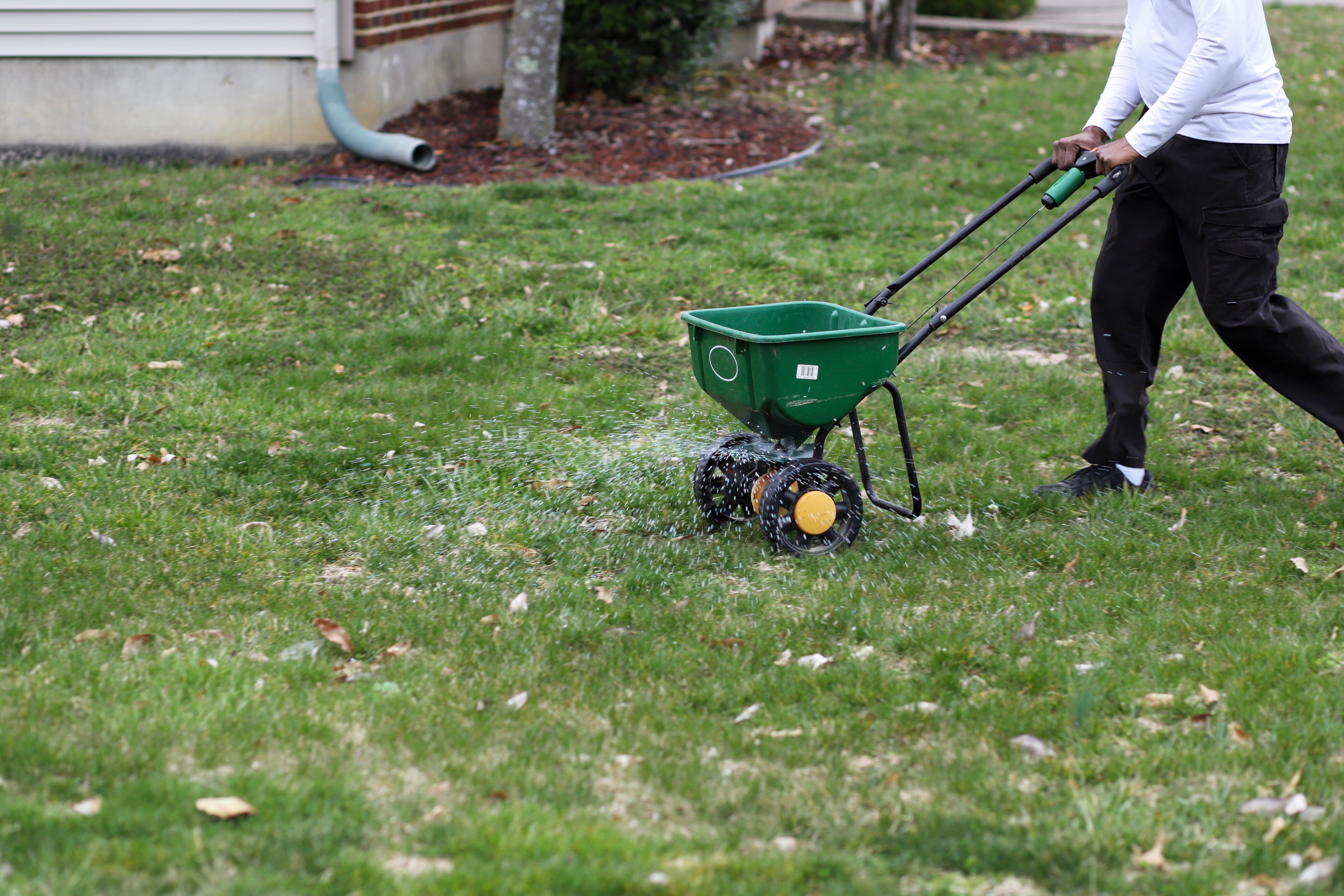
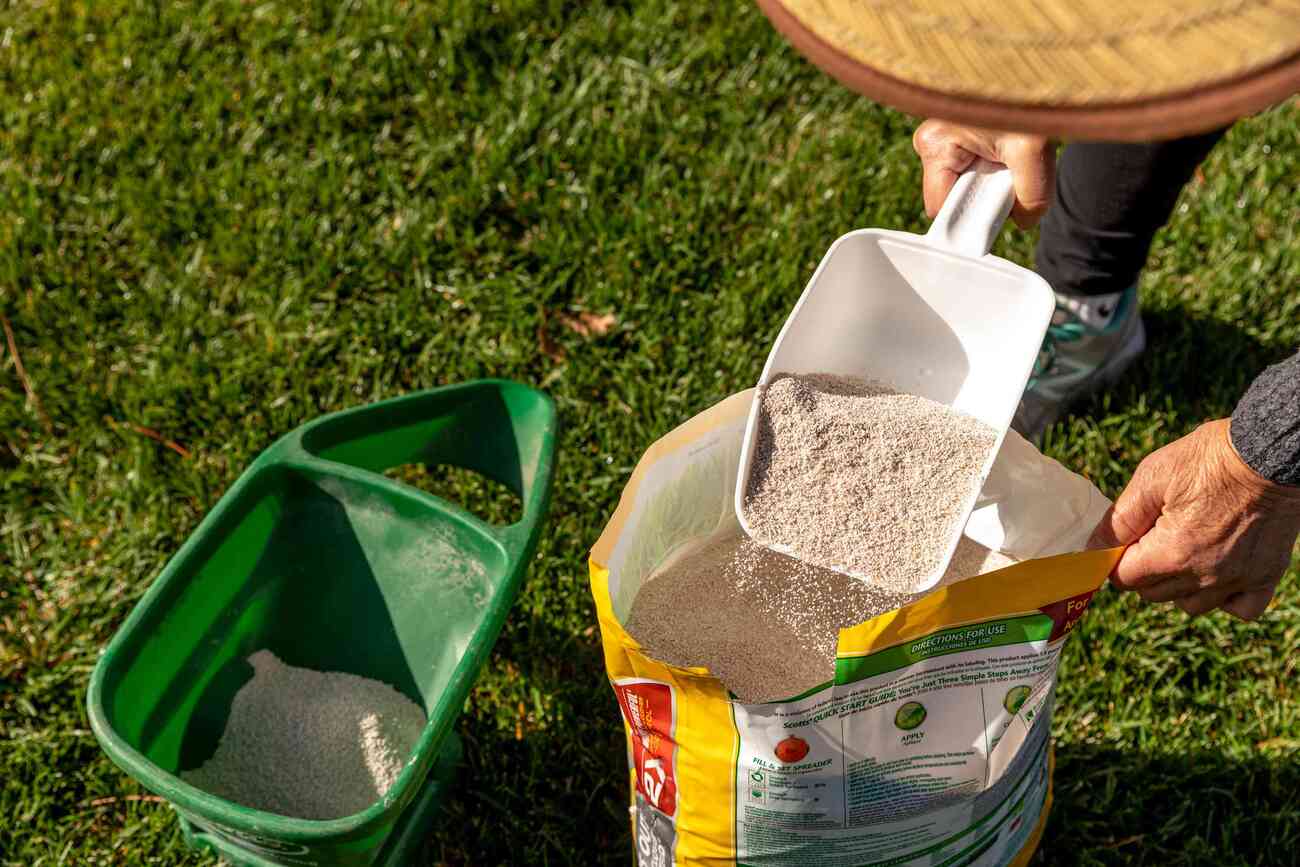
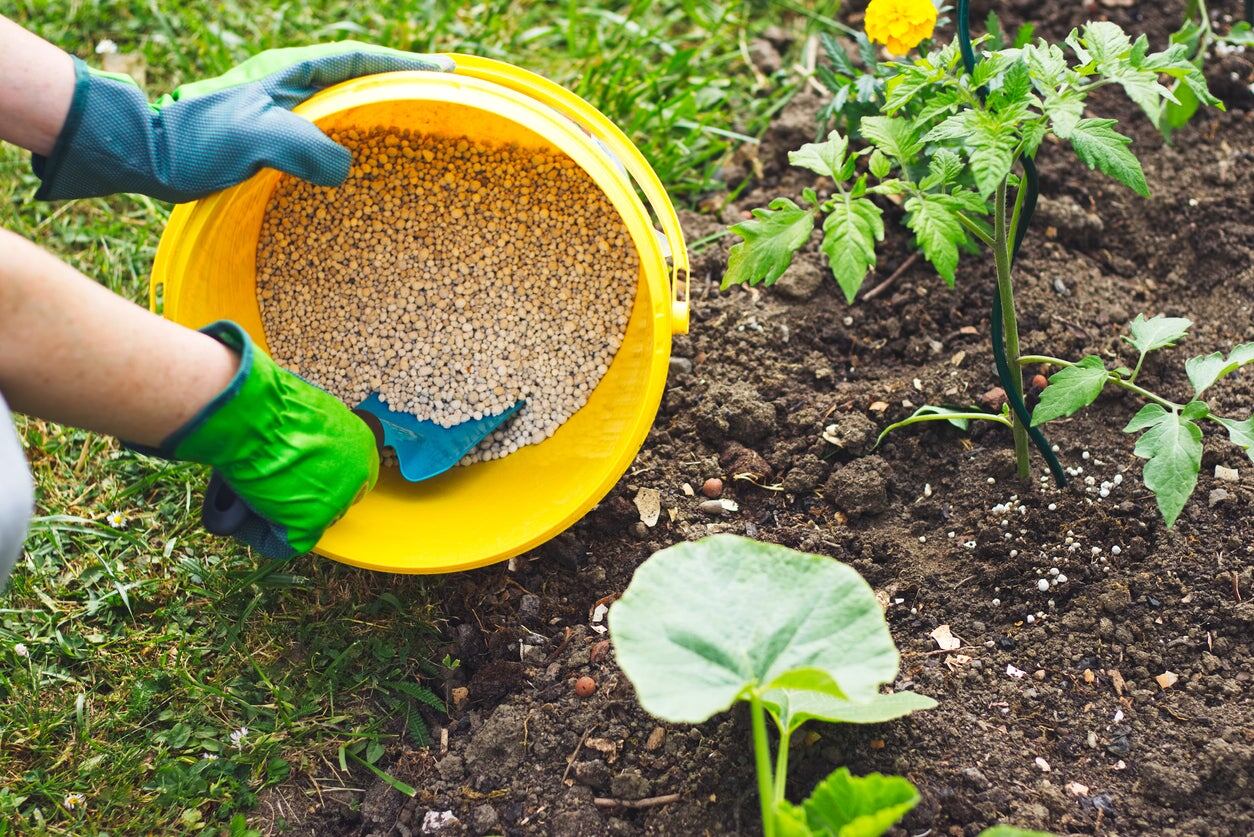
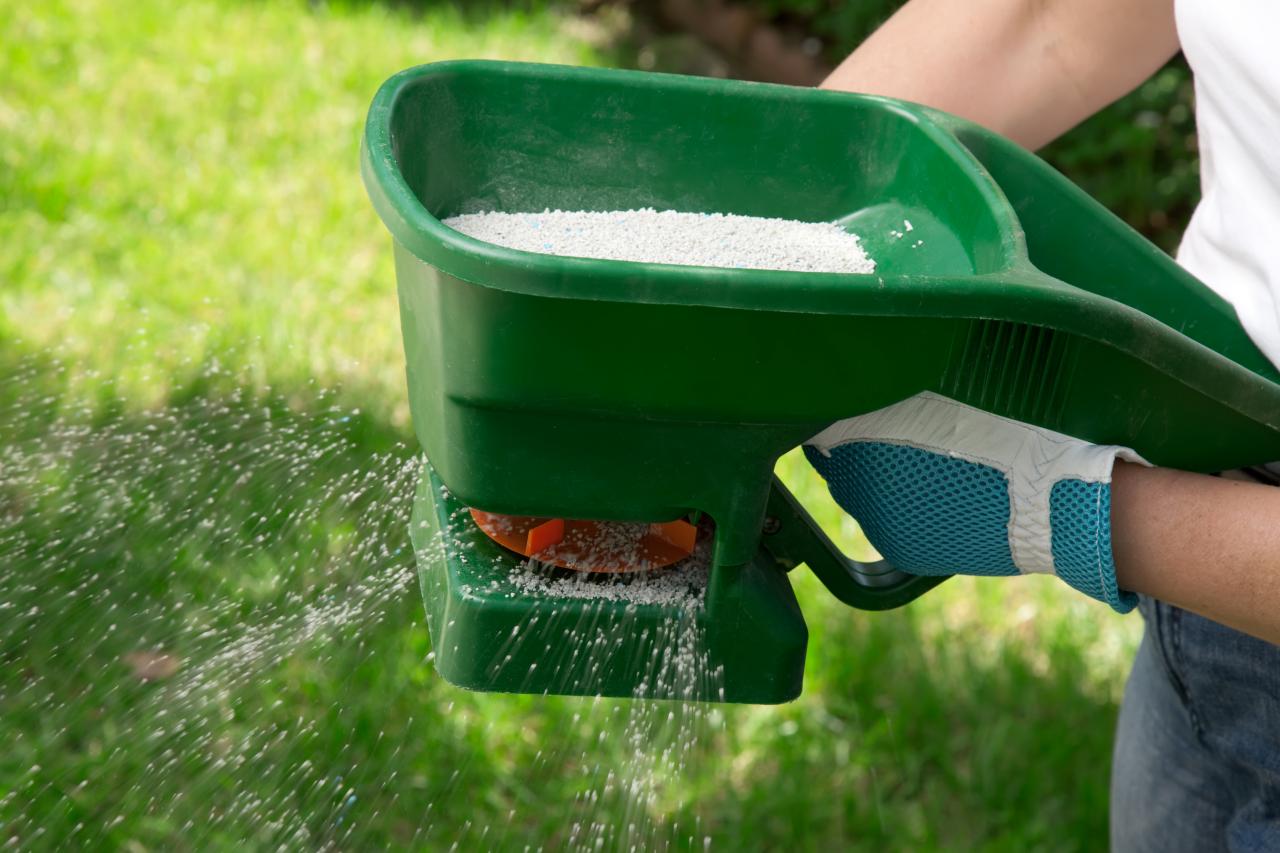

0 thoughts on “When To Water After Granular Fertilizer”